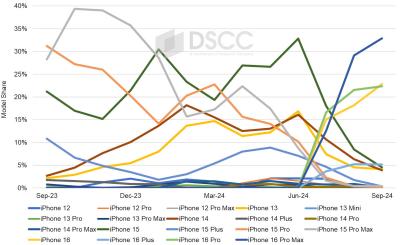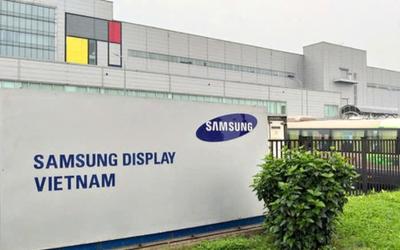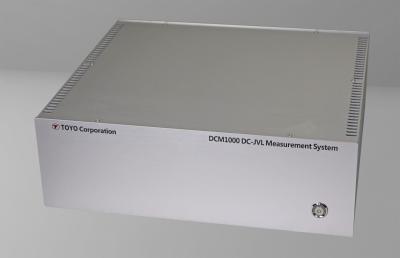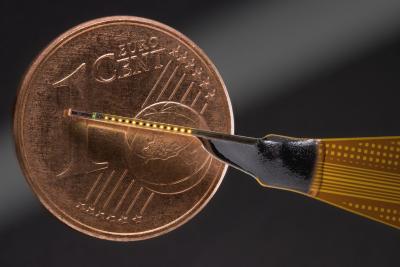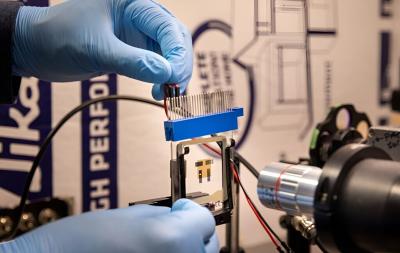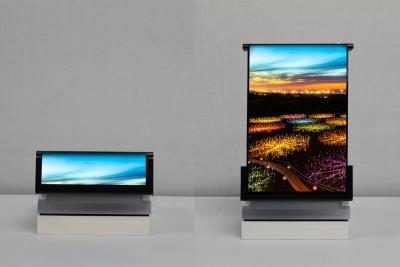DSCC expects Apple's first month iPhone 16 panel shipments to be 8% higher than those of the iPhone 15
DSCC says that shipments of Apple's iPhone 16 series were 8% higher in the first month compared to the shipments of Apple''s iPhone 15 series last year. As Apple continues to target emerging markets, DSCC expects Apple to increase sales of entry level and older iPhones, including the iPhone 13, 14, and 15 series.
Interestingly, a couple of weeks ago we reported that according to Apple analyst Ming-Chi Kuo the first-week demand for Apple's new iPhones is lower than expected, with total demand of only 37 million units - lower by 13% compared to the demand for the iPhone 15 a year ago. It remains to be seen whether demand picked up later in September.
